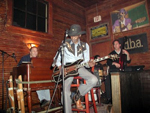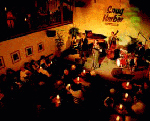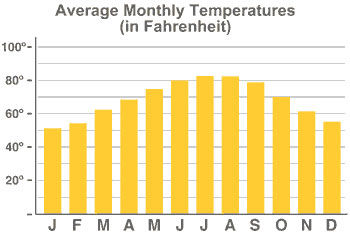This region is the fastest growing area of the nation and contains many prime tourist destinations. Miami, Orlando, Charleston, Savannah, and Myrtle Beach are all found in the Coastal South. New Orleans is also a top tourist destination.
The appeal of New Orleans reaches many different types of people with different interests. There is almost something for everyone. Foodies can indulge in wonderful meals. History buffs can tour historic homes and old cemeteries. Civil War enthusiasts can visit important war sites. Fans of the supernatural have an abundance of ghost tours to choose from or they can visit the former home of the immensely popular author, Anne Rice in the Garden District. Music lover's will find themselves surrounded by live music throughout the city.
For those who do go to New Orleans for the music, the heart of the music scene in New Orleans is the 500 and 600 blocks of Frenchmen Street in the Faubourg Marigny Triangle directly behind the French Quarter (LA TIMES).
This video gives a hint of Frenchmen Street's appeal, to locals and tourists alike:
Some Frenchmen Street Venues:
 |
| d.b.a |
 |
| The Spotted Cat |
 |
| Snug Harbor |
Photo Source: New Orleans Online
Tourism in New Orleans in 2011 was a banner year with 8.75 million visitors spending a record-breaking $ 5.47 billion dollars. A study by the University of New Orleans Hospitality Research Center showed a 5.6 percent increase in the number of visitors compared with 2010. Mayor Mitch Landrieu states that tourism officials have set a goal of attracting 13.7 million visitors- with an $ 11 billion economic impact - by the city's 300th anniversary in 2018.
The appeal of New Orleans is undeniable. It is a city that shares southern traditions, humid temperatures and a waterfront setting with many other cities in the Coastal South. New Orleans, however, is a city unlike any other in the United States. Its various historical influences and the make-up of its population have created a unique and almost magical place.
| French Quarter (Google Image) |
| St. Charles Street Car (Google Images) |
(Information source: NOLA.com)





 (food network photo)
(food network photo)


